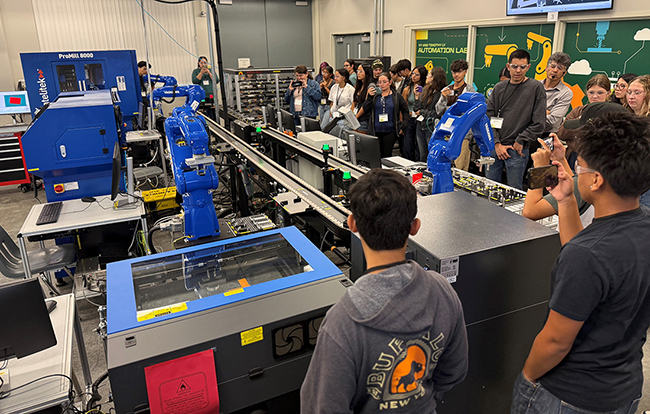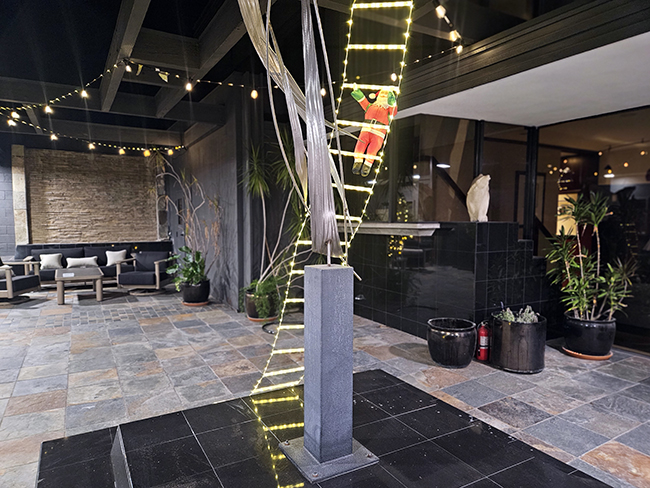City gets earful over management of Claremont Wilderness Park
Monday night’s large assembly was a welcome one for the hundreds amassed at Claremont’s Taylor Hall gathered to discuss an area of undesired overcrowding and other issues surrounding another Claremont facility, the increasingly popular Claremont Hills Wilderness Park.
The community meeting was one of three the city will hold in the next 9 months as officials move forward with a master plan for the prominent local preserve, which spans more than 1,600 acres along the Claremont hillside.
The popularity has caused concern for residents and users alike. Since 2006, the number of visitors to the Claremont Wilderness Park has skyrocketed from a reported 30,000 visitors to an estimated 300,000 annually, according to city officials. The growing number of visitors has created an equally concerning issue of traffic congestion, safety and enforcement. Packed lots have led to overflowing street parking and cars jammed bumper-to-bumper along adjacent streets.
The city has made a series of temporary adjustments, including setting specific park hours and expanding the wilderness loop’s north parking lot at Mills Avenue, an estimated $365,000 venture. In order to make up the money, the city then implemented a charge for use of the lot. This quick fix, however, has done little to alleviate the problem. The lot often remains far from capacity as hikers seek out alternatives to paid parking. And while the city has since enacted parking restrictions on adjacent streets, it has only moved the problem further into other neighborhoods. Lynn Hartman, a homeowner off Mt. Baldy Road, says on any given weekend as many as 20 cars can be seen parked just down the street from her home.
“It’s car after car after car,” she said. “It’s become a huge issue. I don’t want to say force people to pay to use the park, but I want to know how we are going to address this.”
The overcrowding is not limited to the streets along the hillside. Several came forward to speak out on the conditions of the trail itself. While not wanting to limit the number of people that use the park—hikers, mountain bikers, equestrians—many voiced that is has become increasingly difficult to share the road. Left-behind water bottles and other trash, long dog leashes and hikers wearing headphones unaware of approaching cyclists are also said to be a part of the problem.
In addition to overcrowding, the location of the wilderness area in a high fire hazard zone caused further concern.
Some suggested an entry fee be considered while others encouraged the adoption of a daily maximum capacity to limit the numbers. Whatever the final decision may be, most were in agreement that the biggest concern is making sure these measures are followed.
“We need to enforce these rules if they are going to work,” said Christine Kenmore, a resident in the Claremont hills.
Last December, the Claremont City Council approved the six-figure master plan in hopes of addressing these concerns and other overarching issues. MGI Consulting, a Berkeley-based consulting company that specializes in recreational areas, was hired on to facilitate the plan along with a technical advisory committee comprised of local stakeholders. Though the names and contact information of those sitting on the board were not readily available on Monday, project lead John Baas assured they would be made available on the city’s website, where all information relating to the master plan will be accessible.
The master plan will not be limited to the park’s carrying capacity or evaluation of the parking situation and litter problem. The scope of work will include creating an inventory of existing conditions at the park, and developing a site map and resource management plan to discuss ways of protecting and enhancing the park’s natural wildlife.
“The Claremont Hills Wilderness Park is one of Claremont’s greatest assets, and with the ownership of this park also comes great responsibility, or we might say opportunity,” said Paul Faulstich, professor of environmental analysis at Pitzer College. “We have an opportunity to steward the land in a way that allows us to address conservation and preservation in a way of healing the land and thereby healing ourselves as well. It needs restoration and that would be a beautiful thing to engage through public participation.”
Residents will have further opportunities to provide feedback on the plan, tentatively scheduled for completion this December. Technical advisory committees are open to the public and will take place on May 19, July 14 and October 6. Further community meetings will take place on July 21 and October 20. The consulting firm is working to include all information relating to the master plan on the city’s website, under the “recreation” tab on the left-hand side of the page. For more information or to add input, contact the consulting team at chwildernessplan@gmail.com.
—Beth Hartnett
news@claremont-courier.com










0 Comments